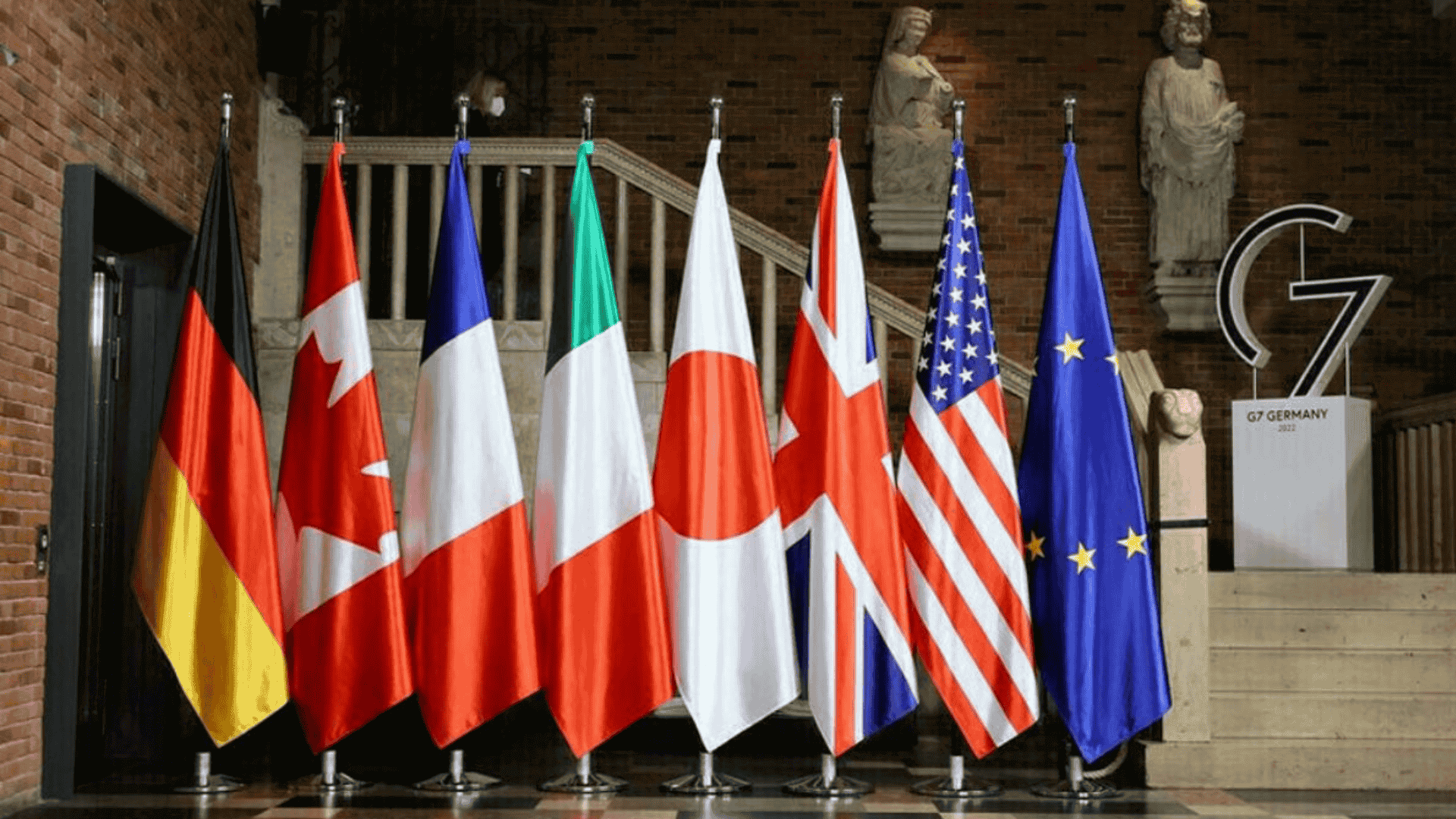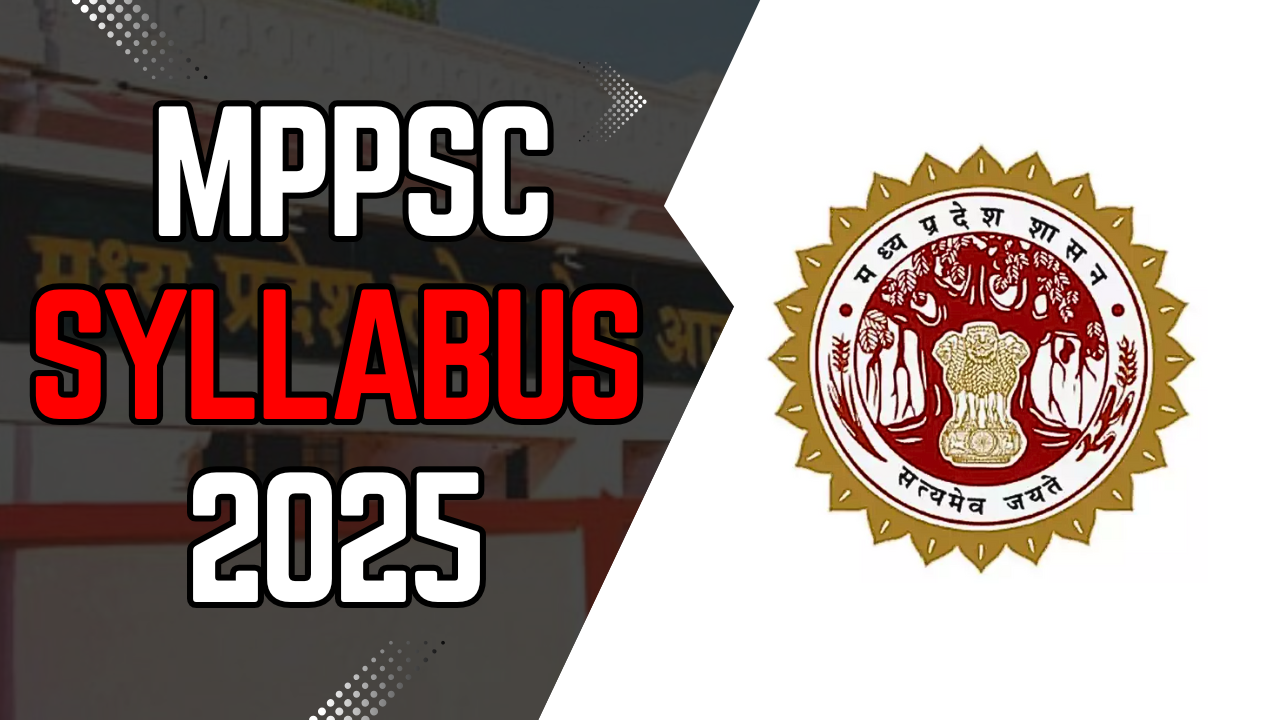G7 Summit 2025: Fifty Years of Global Influence
The Group of Seven (G7) Summit is celebrating its 50th anniversary this year. This prestigious conference is being held in Kananaskis, Alberta, Canada, from June 15-17, 2025. This historic occasion comes at a time when the world is facing major crises, wars, economic uncertainties, and technological changes.
Prime Minister Narendra Modi has also arrived in Canada to participate in the summit. This is his first visit to Canada since 2015 and his sixth consecutive participation in G7 meetings. Although India is not a formal member of the G7, Modi’s presence highlights India’s growing role on the global stage.
Historical Evolution: From Rambouillet to Kananaskis (1975-2025)
Origins and Formation
The G7’s journey began in November 1975, initiated by French President Valéry Giscard d’Estaing and German Chancellor Helmut Schmidt. The first summit was held at Château de Rambouillet, southwest of Paris. Initially, it was called the G6, and included:
France
West Germany (now Germany)
United States
Japan
United Kingdom
Italy
With Canada’s inclusion in 1976, the group became the G7. In 1977, the European Commission was invited for the first time, and today the President of the European Council also attends.
Historical Context of Formation
The G7 was formed during a period of serious economic crisis in the 1970s:
The first oil shock destabilized global energy markets
The collapse of the Bretton Woods system increased monetary uncertainty
Western countries were struggling with inflation and recession
The Cold War context necessitated coordination among Western allies
Evolution Over Five Decades
Over 50 years, the G7 has undergone several changes:
1980s-1990s: Focus expanded from economic issues to international security, human rights, and global security
1990s: Debt relief programs for poor countries (HIPC)
1997-2014: Russia joined, forming the G8, but was expelled in 2014 after the Crimea dispute
2000s: Increased engagement with developing countries and emerging economies
1999: Establishment of the G20 to include emerging economies
Current Structure and Global Influence
Member Countries
Currently, the G7 includes:
United States
United Kingdom
Japan
Germany
France
Italy
Canada
European Union (not counted in the seven, but a member)
Economic and Political Power
Despite changes in the global power structure over 50 years, the G7’s influence remains significant:
Accounts for about 45% of global GDP
Holds about 50% of the world’s nominal wealth
Represents about 10% of the world’s population
Leads in technological, economic, and strategic policy-making
Declining Relative Influence
However, several major factors have reduced the G7’s global importance:
China’s dramatic economic rise
The growing role of India and other Global South countries
The emergence of alternative multilateral forums like BRICS+
The division of global power into multiple poles
G7 Summit 2025: Agenda and Key Issues
The 51st G7 Summit in Kananaskis is focused on several pressing global challenges:
Major Themes and Issues
Global Economic Outlook: Economic stability and growth amid inflation and trade tensions
International Peace and Security: Focus on Ukraine-Russia and Israel-Iran conflicts
Energy Security: Sustainable energy transition and security concerns
Digital Transformation: AI regulation, quantum technology, and cybersecurity
Climate Action: Global climate crisis and environmental challenges
Trade Relations: Especially regarding US tariff policies
Special Focus on Russia and China
Increasing economic pressure on Russia due to the Ukraine war
Discussion on China’s growing influence, trade policies, and regional assertiveness
Coordinated strategies to tackle cyber threats and technological competition
India’s Participation and Strategic Importance
PM Modi’s Engagement
Prime Minister Modi’s participation is significant for several reasons:
This is his sixth consecutive G7 summit since 2019
In this 23-hour visit, he will hold bilateral meetings with global leaders and participate in outreach sessions
The visit comes after India’s recent Operation Sindoor against terrorism in Pakistan
India’s Role and Agenda
At the summit, PM Modi will focus on:
Energy security and sustainable development
Technology and innovation, especially the AI-energy and quantum technology nexus
Representing the priorities of the Global South
Strengthening bilateral relations with Canada, especially after recent diplomatic tensions
India-Canada Relations
This visit is also important for India-Canada relations:
PM Modi’s first visit to Canada since 2015
Opportunity to improve relations that deteriorated under former PM Justin Trudeau
Canadian PM Mark Carney’s invitation signals an intent to improve ties
Potential discussions on trade, security cooperation, and diaspora issues
Changing Global Landscape: G7 vs. Other Global Forums
The Role of G7 and G20
The relationship between the G7 and G20 reflects changing global balance:
G20 was established in 1999 with G7’s support, including emerging economies
G20’s role increased after the 2007-08 financial crisis
Some experts see G20 as an alternative to the G7
G7 remains focused on democratic values and coordinated policies
Challenges to G7’s Relevance
In today’s multipolar world, G7 faces several limitations:
Limited and outdated membership, missing many major economies
Limited representation of the Global South
Questions about effectiveness in solving complex global challenges
Internal disagreements on issues like climate, trade, and security
Why this matters for your exam preparation
The G7 Summit and its evolution are important for UPSC and other competitive exams because:
For International Relations Paper:
G7 is a major multilateral forum in global governance, reflecting the evolution of international institutions
Changing equations between G7, G20, and BRICS+ help understand global power structure and multipolarity
India’s participation as a non-member highlights its growing diplomatic role
For Current Affairs and GS Paper II:
The 50th anniversary of G7 provides historical context for contemporary global governance
The 2025 agenda highlights major global challenges like wars, economic tensions, and technological regulation
PM Modi’s participation underscores India’s foreign policy and strategic priorities
For Essay Writing and Mains:
The 50-year evolution of G7 is an excellent case study of how international institutions change over time
The declining influence of G7 despite economic power shows today’s multipolar world order
The interplay between economic forums (G7, G20) and political groups (BRICS+) highlights the complexity of global governance
For Prelims Preparation:
Know G7 membership, formation date, and evolution
Understand key differences between G7, G8, and G20
Be aware of recent G7 summit locations and themes, especially the 2025 Kananaskis meeting
This comprehensive analysis of the G7 will help you answer questions related to international relations, global governance, and India’s foreign policy in various dimensions of the UPSC exam.






